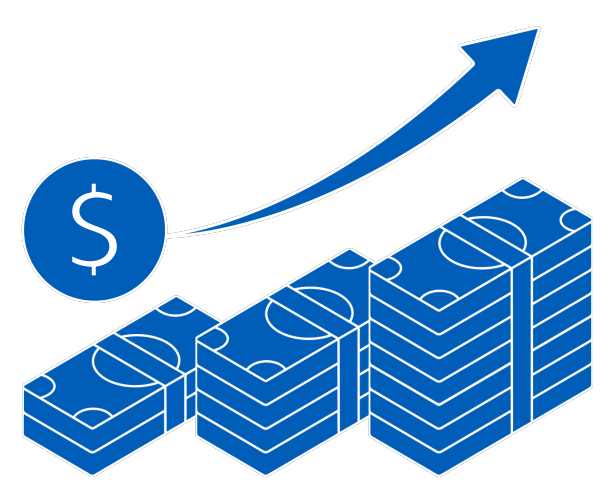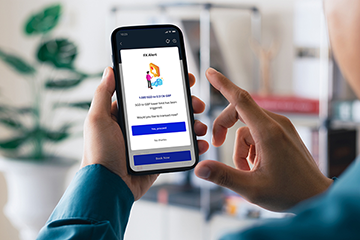Credit: Reproduced and adapted with permission from Talenox, original article here.
As a Human Resource (HR) professional, finance manager, or business owner in Singapore, managing payroll effectively is not just about paying employees on time; it’s also about ensuring compliance with local regulations, maintaining employee satisfaction, and optimising financial resources. In this comprehensive guide, we’ll look into the best practices for your Singapore payroll – focusing on compliance, automation, and integration.
Introduction to payroll management in Singapore
Payroll management involves a series of complex tasks, from calculating salaries and benefits to ensuring compliance with local tax laws and labour regulations. In Singapore, this process is governed by the Ministry of Manpower (MOM) and the Inland Revenue Authority of Singapore (IRAS), among other bodies. Understanding these regulations is essential for avoiding penalties that could put a damper on your cashflow.
Key regulations to know
- CPF Contributions:
Employers must contribute to the Central Provident Fund (CPF) for their employees. For employees, a part of their salary also goes into CPF. However, take note that the CPF contribution rates are subject to change, so it’s crucial to stay updated on the latest rates.
- Income Tax:
Employers are required to file IR8A forms with IRAS annually, detailing employee income and deductions earned in the previous year. This ensures compliance with income tax regulations, as all relevant income earned in Singapore has to be accounted for and taxed accordingly.
- Work Passes:
It is essential to ensure that all work passes are valid and up-to-date for foreign employees. Some of the important work passes to note include Employment Passes (EP), S Passes, and Work Permits.
Best practices for streamlining payroll
- Automation: Life is hard, so make it easier
Life is hard enough without adding unnecessary complexity to your business. In light of the latest technology, automating your payroll is a no-brainer. By using payroll software, you can automate tasks like calculating salaries, managing CPF contributions, and filing taxes. This not only saves you from tedious manual work but also reduces the risk of errors, which can be costly and time-consuming to fix. With automation, you can ensure that your payroll runs smoothly and efficiently, freeing up your team to focus on more important things.
- Integration: Seamless data syncing
Imagine having the power to streamline your payroll processes with just a few clicks. Integrating your payroll system with other business services and productivity tools -such as accounting software, work-based collaboration platforms, or financial institutions such as UOB - can make this a reality. This integration enables seamless data syncing, ensuring that payroll information is accurate and up-to-date across all systems. It streamlines transactions, reduces administrative tasks, and eliminates manual errors, making payroll management more efficient and less burdensome.
Tip: Talenox’s integration with UOB offers a seamless payroll-to-banking experience, ensuring that salaries are processed accurately and on time. Reduce data entry and human errors, increase speed and accuracy and protect and secure your payroll data at the same time.
- Compliance: Stay on the right side of the law
In Singapore, staying compliant with labour laws and tax regulations is crucial. It’s like having a safety net that protects your business from penalties and fines. To ensure compliance, regularly review and update your payroll processes to reflect any labour law changes.
- Self-service: Empower your employees (and yourself)
Ever wondered how you can make your employees happier and reduce the workload for your HR team at the same time? Implementing processes that include employee self-service is the answer. For example, allow employees to access and edit their own information, such as their banking details and payslips. Perhaps enable employees to apply for their leave and submit their claims independently. This not only reduces queries to the HR department but also enhances employee satisfaction, as they feel more in control of their own information.
Leveraging technology for payroll efficiency
Technology plays a pivotal role in modernising payroll management. Here are some ways technology can enhance your payroll processes:
- Cloud-Based Payroll Software
Cloud-based payroll solutions offer allow you to access them anytime, anywhere. It’s the ultimate tool for flexibility. They allow access to HR data from anywhere, making it ideal for remote work or work-from-home setups. Additionally, cloud solutions often include automatic updates, ensuring compliance with the latest labour law regulations.
- Artificial Intelligence (AI) and Machine Learning (ML)
AI and ML are like having your own personal assistant, answering your questions right away - no more waiting on hold for what feels like an eternity just to get your phone call answered from the customer hotline. AI and ML may also help you predict payroll trends, automate routine tasks, and detect potential errors before they occur. This advanced technology can significantly reduce manual labour and improve accuracy for your forecasting needs.
- Mobile Apps (or Mobile-Responsiveness)
In today’s digital age, it’s no surprise that we spend a significant portion of our day on our smartphones. Mobile apps (or at least mobile-responsive ones) provide easy access to HR information on-the-go. This includes viewing payslips, submitting leave requests, and accessing company policies. By leveraging mobile apps, employees can manage their HR tasks efficiently, whether they’re in the office or working remotely, making it easier to stay connected and productive.
Challenges in payroll management
Despite the advancements in technology, payroll management still poses several challenges:
- Data Security
With the rise in digital payroll systems, ensuring the security of employee data is paramount. Make sure that you look for systems that promote cybersecurity measures to protect sensitive information.
Tip: Look out for one that is ISO27001-certified (like Talenox).
- Compliance with changing regulations
Regulations in Singapore can change frequently. Staying informed about updates and adapting your payroll processes accordingly is crucial to avoid penalties.
Tip: Select a payroll software that stays updated with labour law regulations and has a team based in Singapore, so updates are published with zero to minimal downtime.
- Employee expectations
Employees expect transparency and efficiency in payroll processes, such as the payment of salaries or approval of leave applications. Regular communication and clear policies can help manage expectations and improve employee satisfaction.
Tip: Look for a system that has a robust notifications feature for both employers and employees.
- Payday discrepancies and delays
One of the most frustrating challenges for both employers and employees is payday discrepancies or delays. These issues can lead to financial stress for employees and damage trust in the company. To mitigate this, consider integrating your payroll system with banking services.
Conclusion and future directions
In conclusion, effective payroll management in Singapore is all about finding the right balance between compliance, automation, and integration. By embracing technology and staying on top of regulatory changes, you can streamline your payroll processes, cut costs, and boost employee satisfaction.
As you continue to fine-tune your payroll management, remember that integrating your payroll system with other business services can be a game-changer. It simplifies transactions, reduces errors, and saves you time. For example, integrating with banking services can make payroll day a breeze, allowing you to process salary payments quickly and efficiently. By leveraging these innovations, you can focus on what really matters - growing your business and supporting your amazing team.
Ready to leverage digital transformation for payroll management with UOB BizSmart?
With Talenox’s seamless integration with UOB, you can process salary payments without having to download and upload bank files, eliminate bookkeeping errors, and enjoy one-click submission for employee tax and CPF information.
Find out more about how the UOB-Talenox integration can help you automate your payroll seamlessly here.
Learn how you can go digital, grow faster by connecting with us here.
DISCLAIMER:
UOB Group makes no representation or warranty, whether express or implied, as to its accuracy, completeness and objectivity and accept no responsibility or liability relating to any losses or damages howsoever suffered by any person arising from any reliance on the views expressed or information in this article.







